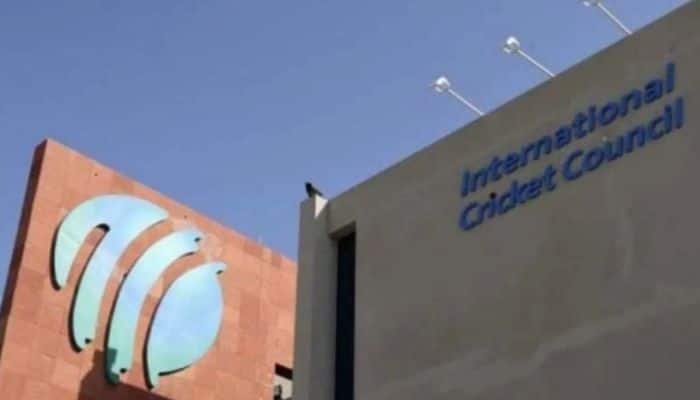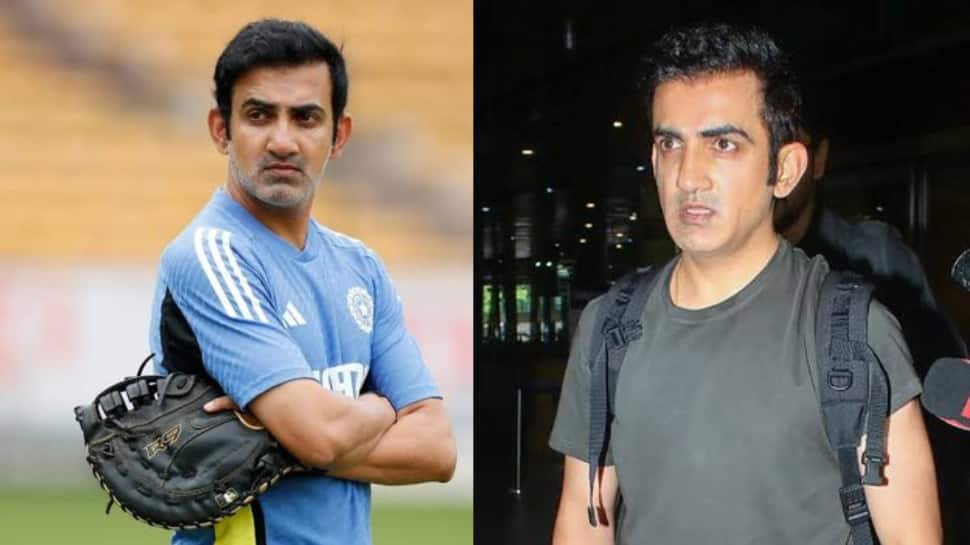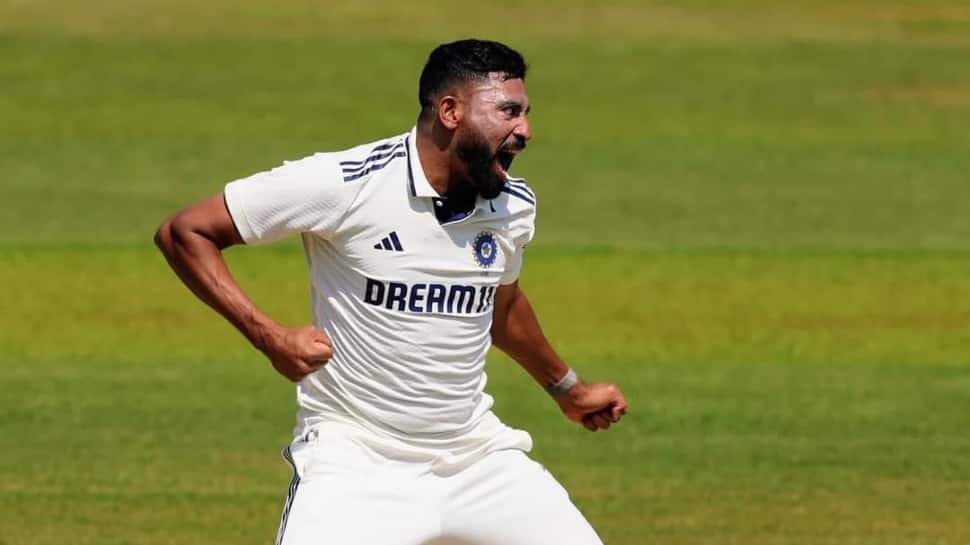Test cricket, the sport’s oldest and most revered format, finds itself at a pivotal juncture. With the ICC forming a working group to reimagine the structure of the World Test Championship (WTC) ahead of the 2027-29 cycle, a two-tier model is back on the discussion table. Led by former New Zealand batter and NZC Board representative Roger Twose, the group is tasked with evaluating ways to enhance the competitiveness and relevance of Test cricket in an era increasingly dominated by franchise T20 leagues. This renewed proposal has already triggered polarizing reactions from cricket’s powerhouses, particularly the England and Wales Cricket Board (ECB) and Cricket Australia (CA), who fear that restructuring may dilute the format’s commercial and cultural appeal.
ECB Warns of Risk to Rivalries and Revenue
Speaking during the England-India Test at The Oval, ECB chairman Richard Thompson voiced strong reservations about a two-tier structure, especially one that risks traditional rivalries such as the Ashes or contests against India. His concern: relegation to Division Two could potentially sideline England from marquee bilateral series, leading to significant commercial fallout.
“We wouldn’t want, as England, to fall into Division Two and not play Australia or India. That couldn’t happen,” Thompson told BBC’s Test Match Special. “There has to be a sense that common sense needs to play out here.”
Thompson acknowledged the WTC has injected meaning into the Test calendar but believes improving the current system may offer more promise than restructuring it entirely. He cited South Africa’s triumphant underdog story in the 2023-25 WTC final against Australia as proof that lesser-resourced teams can compete and win—if supported adequately.
Cricket Australia: Open to Change, But with Caveats
Cricket Australia CEO Todd Greenberg struck a more flexible tone but echoed similar concerns. In an interview with SEN Radio, Greenberg emphasized the shared responsibility among top-tier nations to strengthen Test cricket globally, particularly in traditional strongholds like the West Indies, Pakistan, and South Africa. “My open mind is in reference to: if [the two-tier model] helps grow the opportunities for other countries to be stronger in Test cricket, then I’m open to it,” Greenberg said. “But if it has the opposite effect, I wouldn’t be supportive.”
Greenberg noted that many CEOs from Full Member boards are aware that some level of reform is inevitable if Test cricket is to retain its value amid a saturated international calendar and the rise of white-ball dominance.
The ICC’s Dilemma: Meaningful Reform vs Market Realities
The ICC’s working group is expected to make recommendations soon, though details remain under wraps. Sanjog Gupta, the newly appointed ICC CEO, is likely to play a key role in steering the discussions, especially with media rights negotiations for the 2027-31 cycle looming.
The challenge is multifaceted:
How to ensure competitive balance across all Test-playing nations?
Can relegation and promotion be fairly implemented without punishing teams going through a temporary slump?
Will top-tier broadcasters and sponsors support a model where iconic rivalries may no longer be guaranteed?
Olympics 2028: Another Hurdle for Red-Ball Cricket
Richard Thompson also flagged a looming scheduling clash with the 2028 Los Angeles Olympics, where cricket will make its debut. “What happens when our best 11 cricketers have to go to LA for two weeks in the middle of July?” he asked, underlining how a congested international window could further strain bilateral Test engagements.




